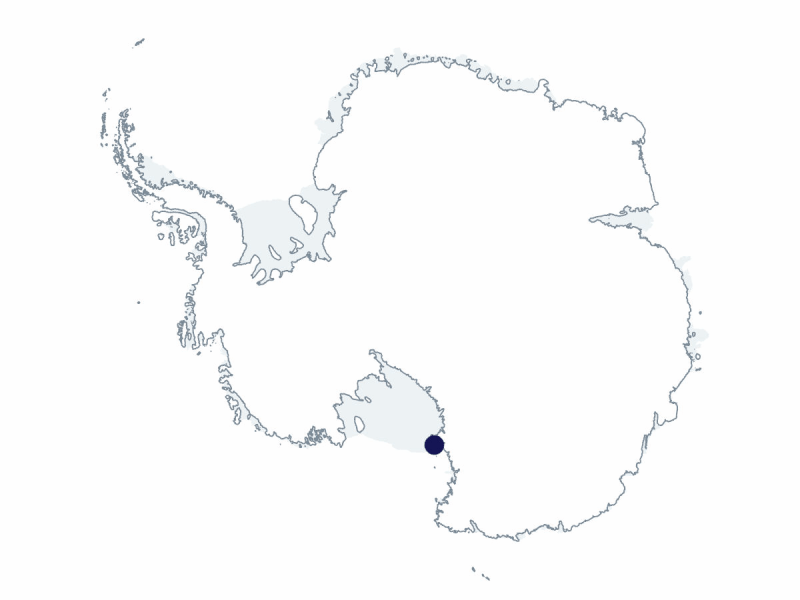2024-2025 USAP Field Season
Project Detail Project TitleCollaborative Research: Fe and Na LiDAR investigations of geospace-atmosphere temperature, composition, chemistry, and dynamics at McMurdo, Antarctica Summary
Event Number:
Program Director:
ASC POC/Implementer: Principal Investigator(s)
Dr. Xinzhao Chu
Project Web Site: Location
Supporting Stations: McMurdo Station DescriptionResearchers on this project operate two narrow-band, multi-frequency Doppler LiDARs at McMurdo Station. These LiDAR can make high-resolution observations of winds and temperatures in the middle and upper atmosphere. Simultaneous observations by the two instruments - a sodium LiDAR and an iron Boltzmann LiDAR - provide unprecedented levels of detail to characterize atmospheric conditions. The instruments have been hosted by Antarctica New Zealand (ANZ) in their Arrival Heights laboratory since late 2010. The observations provide critical data to address key science challenges associated with the space-atmosphere interaction region and, in particular, the sparsely observed high-latitude southern hemisphere. Field Season OverviewAn Fe Boltzmann LiDAR and a STAR Na Doppler LiDAR have been operated at Arrival Heights AntNZ building (Lab C) all year round since late 2010. LiDAR data were first accumulated for 10 years from December 2010 through October 2020, then an unfortunate 22-month data gap due to the COVID-19 pandemic, and then data collection was resumed and has been ongoing since early September 2022. The season of 2024-2025 is a continuation of the McMurdo Station LiDAR observations since its successful restart during WinFly 2022 and a successful winter 2023. Two winterover LiDAR students operated the two LiDAR through winter 2024. This 2024-2025 season presents the best opportunity for the team to conduct LiDAR upgrade, refurbishment, and student training, including re-coating of the STAR Na LiDAR’s large telescope mirror (81 cm). Five participants to deploy for the season 2024-2025, including two winterover students for winter 2025, the PI, and two future winterover students for winter 2026. Deploying Team Members
|
2024-2025 Science Planning Summary



For USAP Participants |
For The Public |
For Researchers and EducatorsContact UsU.S. National Science FoundationOffice of Polar Programs Geosciences Directorate 2415 Eisenhower Avenue, Suite W7100 Alexandria, VA 22314 Sign up for the NSF Office of Polar Programs newsletter and events. Feedback Form |



